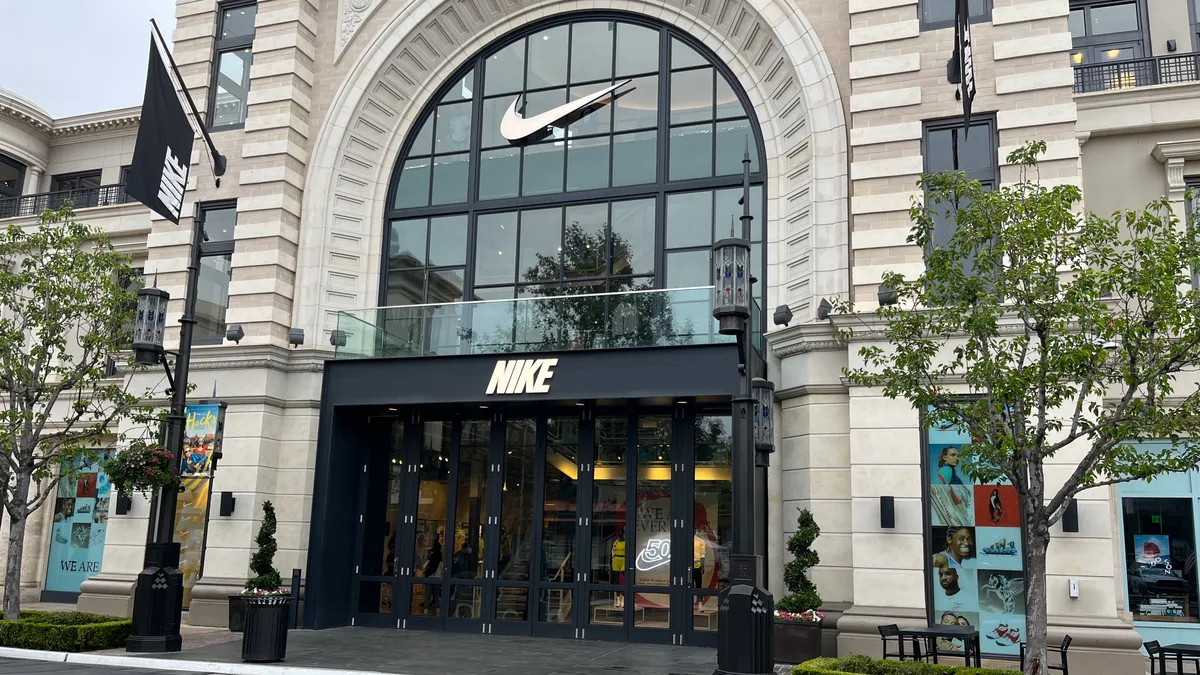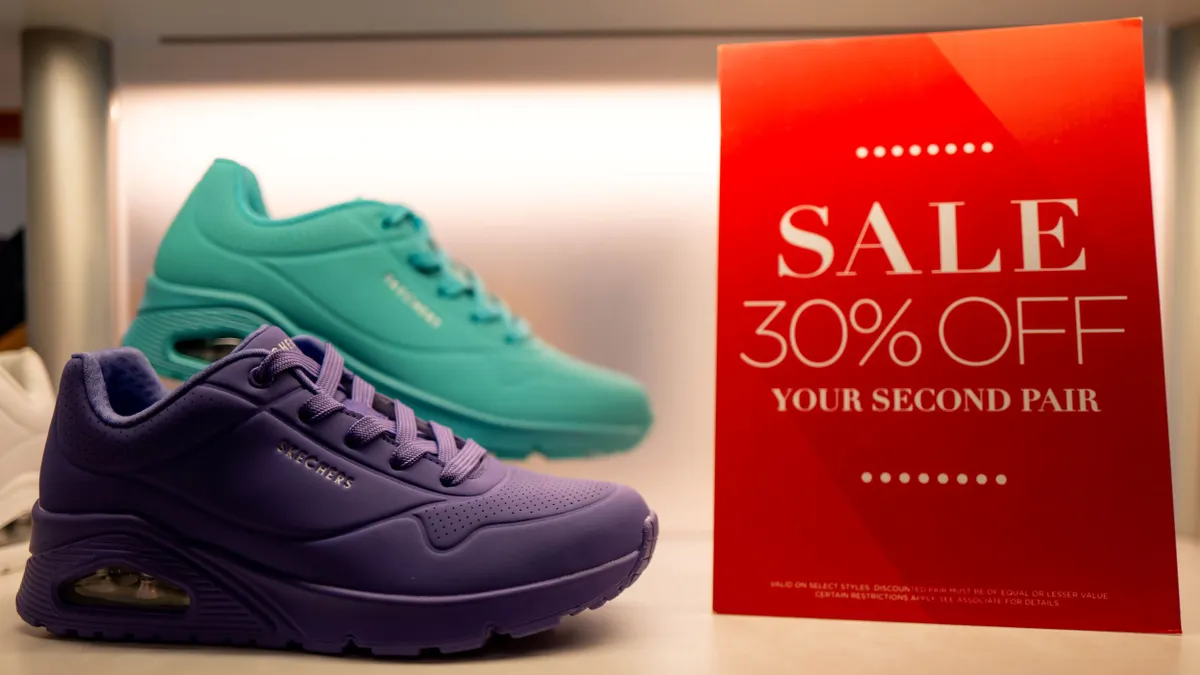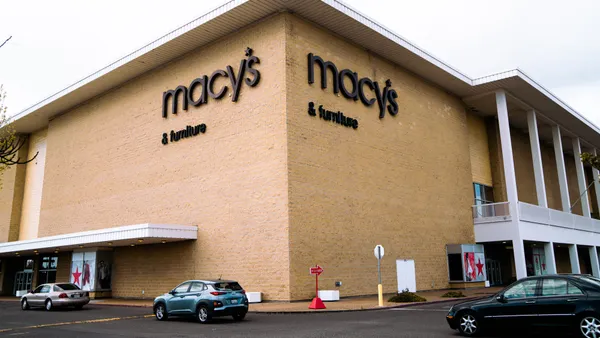After announcing a cost-savings plan in December, Nike is laying off about 2% of its total workforce, the company confirmed to Fashion Dive’s sister publication Retail Dive. That amounts to more than 1,600 people, based on the 83,700 employees Nike reported in its latest annual report.
“Nike’s always at our best when we’re on the offense. The actions that we’re taking put us in the position to right-size our organization to get after our biggest growth opportunities as interest in sport, health and wellness have never been stronger,” Nike said in a statement. “While these changes will impact approximately 2% of our total workforce, we are grateful for the contributions made by all Nike teammates.”
A company spokesperson did not respond to questions about whether the layoffs were tied to the cost-savings plan, which referenced efforts to streamline the organization. The cost-savings plan includes more than $400 million in charges, which were mostly set aside for severance costs.
Nike announced the cost-savings initiative after reporting Q2 revenues grew just 0.5% year over year. The sportswear giant is projecting Q3 revenues will be down slightly year over year and that annual revenue will grow just 1%. The plan is aimed at generating up to $2 billion in savings over the next three years, the majority of which will then be reinvested to drive growth, innovation and profitability. In addition to streamlining efforts, Nike will simplify its product portfolio and increase its use of automation.
According to a memo about the layoffs cited by several news organizations, CEO John Donahoe told employees the company plans to invest in growth areas like running, women’s and the Jordan brand. Based on that communication, the layoffs will not impact store workers or distribution center employees, and will take place in two phases, the first of which began on Friday.
When the cost-savings plan was first announced, Nike referenced its efforts to shift to a more DTC-focused model, which has required deep investments.
“Since fiscal ’19, our investments in accelerating Nike’s consumer direct vision have created new operating capabilities, added tens of millions of new members to our member base and delivered a return of more than $12 billion of incremental revenue,” Chief Financial Officer Matt Friend said on a call with analysts at the time. “However, we have also added complexity and inefficiency. In this competitive environment, we need to accelerate our pace of innovation, elevate our marketplace experiences, maximize the impact of our storytelling, and increase our speed and responsiveness.”
Over the past year or so, Nike has returned to a few wholesale partners it previously backed away from, including DSW and Macy’s, and has expanded efforts to tie its loyalty program to those of its key wholesale accounts, like Hibbett. The activewear giant surpassed $50 billion in revenue in its last fiscal year, which ended in May. Since then, Nike has seen sales decline in its largest region, North America, and grappled with bringing inventory in check. The activewear company in June last year also shifted its focus to the broader wellness space with the launch of the “Well Collective,” which emphasizes holistic fitness and is geared more toward women.












